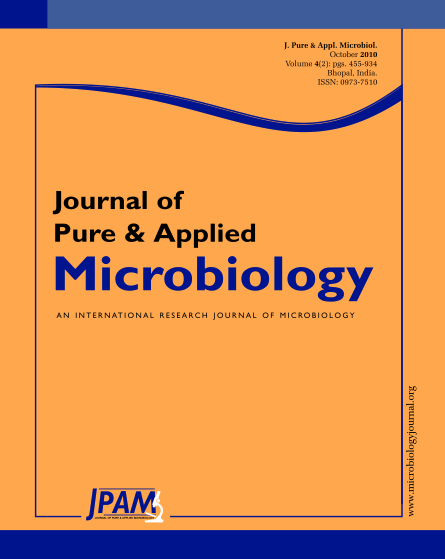The study reports the diagnosis of motile Aeromonas septicemia caused by Aeromonas hydrophila isolated from two cat fish (Calarius batrachus) collected from Kodiveri Dam of Erode District, Tamil Nadu. Samples from skin, intestinal contents, kidney, liver, gills, muscle and spleen from the infected fishes were investigated for the isolation of bacteria and their virulence determinants. A total of 14 isolates of Aeromonas hydrophila were identified morphologically and biochemically. All the isolates were found to be flagellated and motile. Polymerase chain reaction (PCR) revealed the presence of hemolysin (ahh1; 130bp fragment) and aerolysin (aerA; 309bp fragment) toxin genes among the isolates. However, out of 14 isolates, 11 (78.5%) isolates were positive for both ahh1 and aerA genes, and remaining 3 (21.4%) isolates were positive for only ahh1 gene. All the isolates were 100% resistance to amphicilin, clindamycin and cephalothin; moderately sensitive to colistin, cholarmphenicol and tetracycline; 100% sensitive to nalidixic acid, nitrofurantoin and cefuroxime. This study confirmed the involvement of both hemolysin and aerolysin toxins producing motile A. hydrophila associated with the septicemia in cat fishes. This study suggested that the antibiotics like nalidxic acid, nitrofurantoin and cefroxime can be effective control of A. hydrophila infection in cat fishes.
Aeromonas hydrophila, Cat fish, PCR
© The Author(s) 2010. Open Access. This article is distributed under the terms of the Creative Commons Attribution 4.0 International License which permits unrestricted use, sharing, distribution, and reproduction in any medium, provided you give appropriate credit to the original author(s) and the source, provide a link to the Creative Commons license, and indicate if changes were made.


